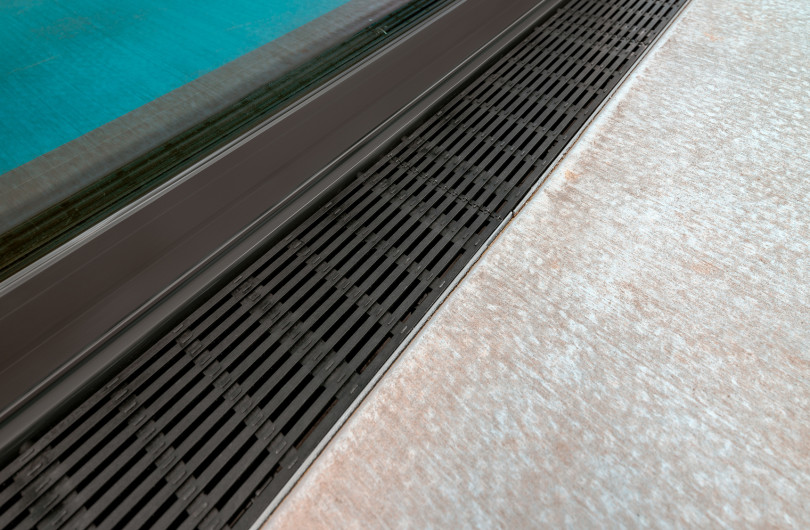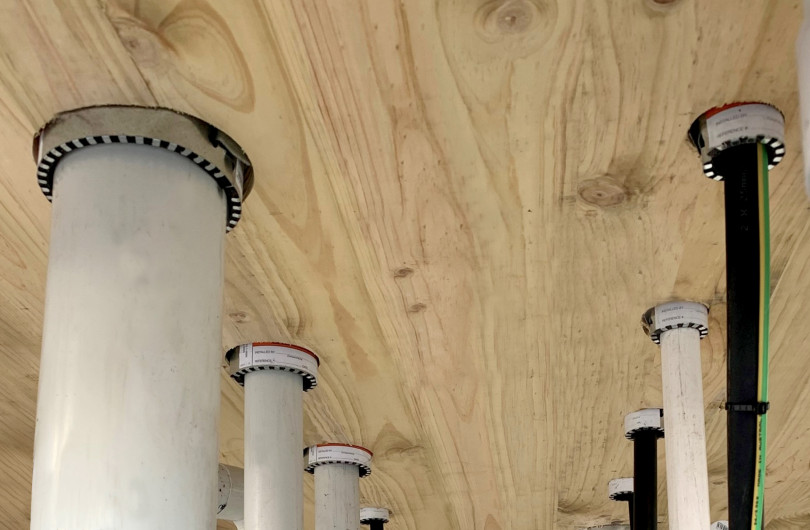Whilst the New Zealand building code has relatively low performance requirements for thermal insulation in comparison to other countries, the government and building owners are starting to demand higher performance from their buildings and insulation values.
To further understand insulation and its thermal resistance values, you need to know about thermal conductivity, thermal resistance and thermal transmittance. So here is a simple guide to get you started:
Lambda (Thermal Conductivity)
Thermal conductivity (also known as Lambda) is the rate at which heat passes through a material, measured in watts per square metre of surface area for a temperature gradient of one kelvin for every metre thickness. This is expressed as W/mK. Thermal conductivity is not affected by the thickness of the product.
The lower the conductivity, the more thermally efficient a material is.
Example:
- Nuralite Enertherm PIR Insulation Board: Lambda = 0.022 W/mK
- Glass Fibre Roll: Lambda = 0.044 W/mK
R-Value (Thermal Resistance)
Thermal resistance is the ability of a material to prevent the passage of heat. It is the thickness of the material (in metres) divided by its conductivity. This is expressed as m2K/W.
If the material consists of several elements, the overall resistance is the total of the resistances of each element. The higher the R-value, the more efficient the insulation.
Example:
- Nuralite Enertherm PIR Insulation Board: 0.022 W/mK and 100mm thick; R-value = 0.1 metres ÷ 0.022 = 4.54 m2K/W
- Glass Fibre Roll: 0.044 W/mk and 100mm thick; R-value = 0.1 metres ÷ 0.044 = 2.27 m2K/W
Surfaces and cavities also provide thermal resistance, which must be taken into account when calculating U-values.
There are standard figures for the resistances of surfaces and cavities.
U-Value (Thermal Transmittance)
Thermal transmittance, commonly known as the U-value, is a measure of the rate of heat loss of a building component. The U-value is the sum of the combined thermal resistances of all the elements in a construction, including surfaces, air spaces, and the effects of any thermal bridges, air gaps and fixings.
The U-value is expressed in watts per square metre, per degree kelvin, or W/m2K.
Calculating U Values
Start by calculating the thermal resistances of each element (R-values). The R-value is the thickness of the product in metres ÷ Lambda (thermal conductivity).
Add the R-values of all materials used in the application (including any air gaps) and calculate the reciprocal. The reciprocal = 1 ÷ total of all R-values
Example:
- Nuralite Enertherm PIR Board 0.022 W/mK100mm thick + Glass Fibre Roll 0.044 W/mK100mm thick
- Total combined R-value = 4.54 + 2.27 = 6.81 m2K/W
- U-value = 1 ÷ 6.81 = 0.147 W/m2K
The above example does not allow for any thermal bridges, air gaps and fixings etc. The lower the U-value, the more efficient the construction.
Calculating R Values
R= Thickness in metres of material (mm ÷ 1000)
Thermal conductivity (lambda value λ and k)
Thermal conductivity (Lambda) is a measure of thermal performance of a given material and is NOT related to thickness. The lower the Lambda the better the performance.
R-Value is a measure of thermal resistance. It considers the thermal conductivity of a product AND its thickness to measure thermal transfer through a material. The higher the R-Value the better the performance.
R-Values of each component in a structure is required to calculate the total resistance (U-Value) in the full construction.




























 Most Popular
Most Popular Popular Products
Popular Products



